Palm Sunday (March 28): History, Significance, and Celebrations
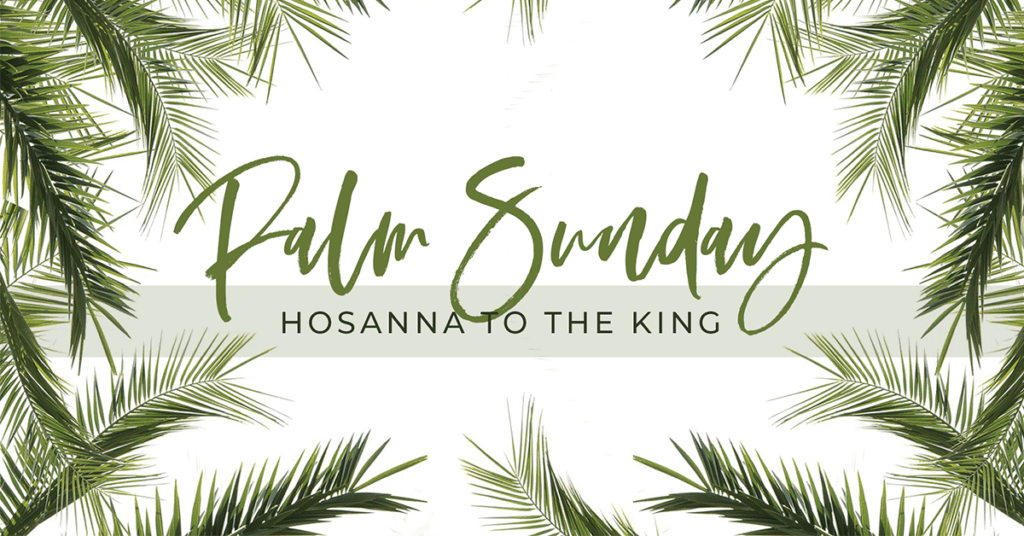 |
| Photo: Warren Baptist Church |
What is the meaning of Palm Sunday?
The story of the Four Gospels tells us that one week before his resurrection, Jesus entered Jerusalem for the last time before his death. To assure the people of Jerusalem that he came in peace, he arrived on a donkey, and not riding a horse, as that was seen as a sign of war.
He was received as the hero who would save the people from Roman tyranny, and as such, people laid their cloaks on the floor before him, to honor his arrivals. Many also carried palm branches, a symbol of victory. As Jesus entered the city, people lauded him as the King of Israel, and the one who came to save them.
Palm Sunday: History
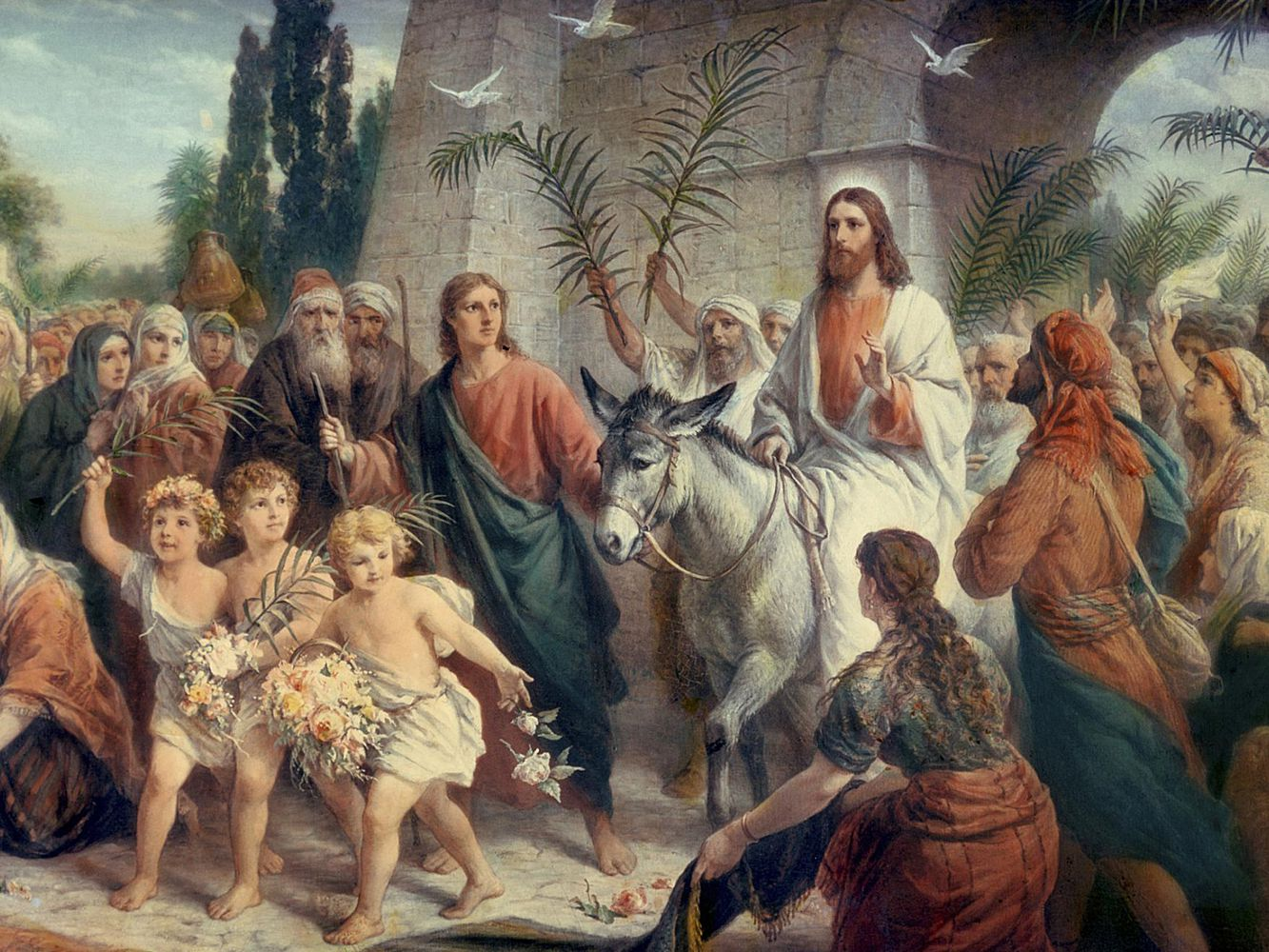 |
| Photo: Getty Images |
Marking the beginning of an end, Palm Sunday is, undoubtedly, an important day in the history of Christianity. Much can be said about the occasion, from its historical significance to what it has implied in religious terms and such. We take you back to those times when religious miracles abounded.
At its basic, Palm Sunday marks Jesus’ victorious entry into Jerusalem. He entered riding a donkey and the people welcomed him using palm fronds. They laid down the leaves (and their own cloaks too!) on the ground as Jesus entered the city. Some accounts also state that Jesus held some of the palm fronds in his hand and waved these as he passed by. Jesus’ return to the city also fulfilled Prophet Zachariah’s prophecy that the Messiah will return and bring glad tidings for Jerusalem’s people. When Jesus was entering the city, many also shouted, “Hosanna!”, which means “God saves” or “Save now”. The people saw him as the king and ruler of the city, many already aware of his being able to perform miracles like raising the dead and speaking during infancy.
There is also symbolism involved in Palm Sunday. Palms are considered as signs of peace and victory, and Jesus’ entrance being marked by these plants point towards the incoming peace and victories that the people were hoping for. Another symbol is the donkey, and during those times, warlords, bent on hostility, would ride in on horses. But, on the other hand, kings meaning well and peace would ride donkeys to indicate their gentle intentions.
Palm Sunday, which is also known as Passion Sunday, is followed by other important days like Ash Wednesday and Good Friday, with each of these holding special significance unto themselves. Many people celebrate Palm Sunday by visiting churches and reenacting Jesus’ entrance scene. They also take special care of palm fronds during this week as the leaves are considered sacred. The leaves are burned and used in ash form later on in the week.
Read More: Passover 2021: Date&Time, History, Significance, Traditions & How to Celebrate
Palm Sunday Celebrations
There are records of Palm Sunday ceremonies happening as early as the 4th century in Jerusalem.
The earliest record of Palm Sunday celebrations in the Western world dates back to the 8th century, in the Frankish Kingdom, where the Sacrament of the Abbey of Bobbio in Italy holds records of Palm Sunday processions taking place. Back then, the ceremony of the blessing of the palms encompassed a procession that began in one church and made its way to another church where the branches would be blessed. Then, the procession would return to the previous church where the liturgy would take place, and priests and the congregation chanted the Passion of Christ.
In the 20th century, the Roman church simplified the ceremony, as it was felt that more focus needed to be put on Christ’s suffering and death.
How to celebrate Palm Sunday
Visit a church during Palm Sunday
You can visit a church and take part in/observe the celebrations. Each country has its own customs, so you can expect an array of different scenarios. In any case, it will be worth it as you will become part of the spirit of peace and gentleness.
Help out your friends with preparations
As with all important days, there are a ton of preparations to do and so little time to do them. Your friends would appreciate it if you lent a helping hand. Spirit of unity is another important part of Palm Sunday and, by helping out your friends, you are imbibing that very spirit.
Prepare/Learn about Palm Sunday week
Palm Sunday marks just one day of the important week ahead. There’s Good Friday and Shrove Tuesday, just to name a few. Each of these days, until Easter, relays the journey that Jesus went through.
How people celebrate Palm Sunday around the world
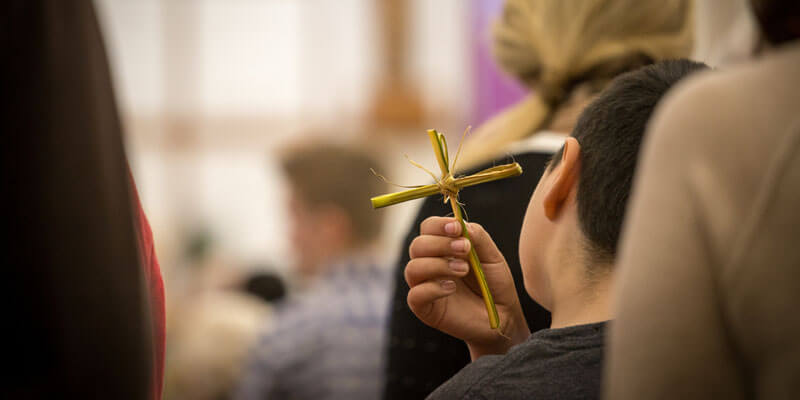 |
| Photo: Edarabia |
Palm leaves (also know as palm fronds) are important on this day. It is said people lined the streets with the leaves to welcome Jesus.
Those are the basics of the holiday, but people around the world have very different ways of celebrating it.
Celebrations are different now because of the pandemic, but let's see how Palm Sunday has usually been celebrated in the past.
Poland: Palm trees don’t grow in Poland so people make artificial palm leaves, decorating them with tissue paper flowers and ribbons. Some of these fake palms can be higher than 30 metres and need multiple people to carry them! There are competitions for the best ones.
Philipines: People in the Philippines will decorate and weave palm fronds into complicated shapes, called palaspas (say 'pal-a-spawce'). They’re blessed at a church and brought home for luck.
Norway: People in Norway decorate their homes with birch twigs and painted eggs for Palm Sunday. Lots of places have the week before Easter off and people will travel to cottages for skiing, reading and family time.
The Netherlands: Chicks and eggs are common symbols of Easter, but in the Netherlands, it’s all about the rooster. In some towns, kids have a procession where they carry crosses decorated with ribbons and, on top, a rooster made out of bread.
Latvia: Pussy willows are a lot easier to find in Latvia than palms, so the day is known as Pussy Willow Sunday. Parents even wake kids up on the Sunday with pretend swats from the willow branches!
Haiti: Many celebrations on the island of Haiti are a mixture of Catholic and local Voodoo traditions, involving processions and travelling bands playing drums, maracas and trumpets.
Finland: Trick-or-treating isn’t just for Halloween! In Finland, kids dress up as Easter witches and go round to houses offering willow branches in exchange for candy.
Ethiopia: Christians in Ethiopia call Palm Sunday Hosanna (say 'ho-san-nah'), after the cheer people were said to have greeted Jesus with when he arrived. People weave palm fronds into elaborate rings to wear on the day.
Bulgaria: Willow branches are a big part of the celebration in Bulgaria along with flowers. Palm Sunday is more often called Flower Day because of all the springtime blooms. People will make wreaths of pussy willows and flowers and decorate their homes, often having big family dinners on the day.
****READ MORE: Holi Bhai Dooj 2021: Date, History & Significance, Celebrations and All You Need To Know
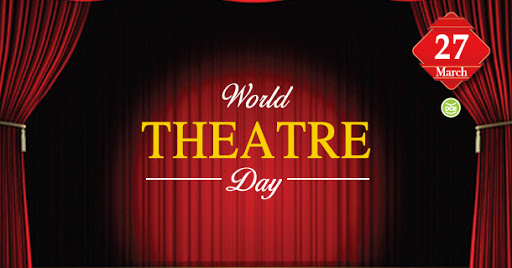 World Theatre Day (March 27): History, Significance, Celebration, Wishes and Quotes World Theatre Day (March 27): History, Significance, Celebration, Wishes and Quotes The theater has been one of the most popular forms of entertainment since the Greeks, and the acting industry today is a hard but potentially ... |
 Earth Hour: Origin, Who invent, Benefits, Theme and Celebration 2021 Earth Hour: Origin, Who invent, Benefits, Theme and Celebration 2021 Earth Hour is a movement to attract more attention from people to save the environment from climate change effects. There are still some controversies around ... |
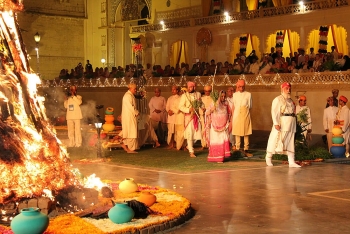 Holika Dahan: Date, Time, History, Significance & Celebration Holika Dahan: Date, Time, History, Significance & Celebration Many people have misunderstandings between Holi and Holika Dahan festival in India. Check the information given below about Holika Dahan: Date, Time, History, Significance and ... |


























